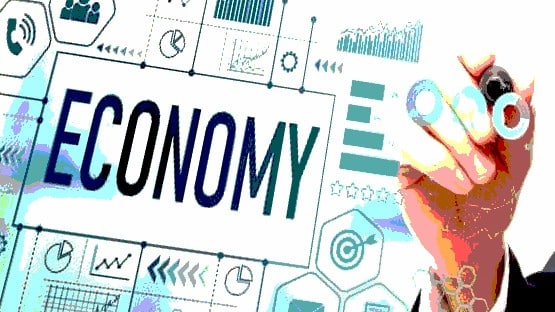
Gas prices are coming down and inflation is easing up, yet a probability model suggests an American recession is 56 percent likely to happen by September 2024.
The federal government defines an economic recession as at least two consecutive quarters of negative GDP growth.
However, the Fed and Bank of America economists, as reported by USA Today, agree that a prolonged recession is not ahead for the United States.
But, smooth sailing is not yet ahead. Americans may have been tricked into a false sense of economic security as 2024 approaches, according to Richard Saperstein, Treasury Partners’ chief investment officer.
“There are elevated expectations for a bullish slowdown where the economy slows enough to bring down inflation but not enough to trigger a recession,” he said. “Stocks are facing headwinds from higher interest rates and the uncertainty of how higher rates will affect economic growth and earnings.”
If the economy continues to add jobs, then GDP growth is likely to enter negative territory, experts said. The Fed expects 1.5 percent GDP growth in 2024, and inflation will likely remain above 2 percent.
Interest rates remain historically high as consumers prepare to shop for Christmas 2023. Economists predict fallout to reach the economy and intensify next year. The Federal Reserve also expects its policy tightening to weigh on the economy, but does not foresee a recession. The nation’s growth rate is expected to keep pace in the second half of 2023 after a 2.2 percent GDP growth in the first quarter and 2.1 percent in the second quarter.
The American labor market continues to show resiliency. The unemployment rate is just above 3.8 percent and an average of 250,000 jobs were created each month for the past three months. According to the Federal Open Market Committee, the unemployment rate will average 4.1 percent in 2024, below its long-term average of 5.7 percent.
Not everyone is optimistic, however. Nonprofit research group The Conference Board predicts a 0.8 percent GDP growth in 2024 and a “shallow recession” in the first six months. The group points to the slowing of wage growth, pandemic savings declining and household debt rising.
Undergraduate and graduate degree recipients began repaying student loan debt this month after a pause created by the COVID-19 pandemic. So the group projects U.S. consumer spending will fall 1.1 percent in 2024’s first quarter and 1 percent in the second quarter.
The Federal Reserve, however, which measures consumer spending as core personal consumption expenditure index or PCE, reported that spending surged to 5.3 percent in February 2023 and was down to 3.9 percent in August 2023. Either way, it’s still double the Fed’s goal of 2 percent, and the Fed projects PCE inflation to average 2.6 percent in 2024 and 2.3 percent in 2025.
Increased inflation appears to have cooled the economy slowly enough to create a soft landing.
For now.
Risks remain for economic growth in the new year, including inflation, slowing wage growth, student loan debt and rising household debt and costs.
The ongoing conflict between Ukraine and Russia, and now war between Israel and Hamas, could also impact the global economy negatively.










